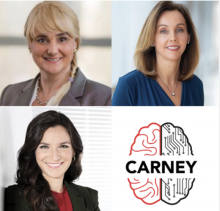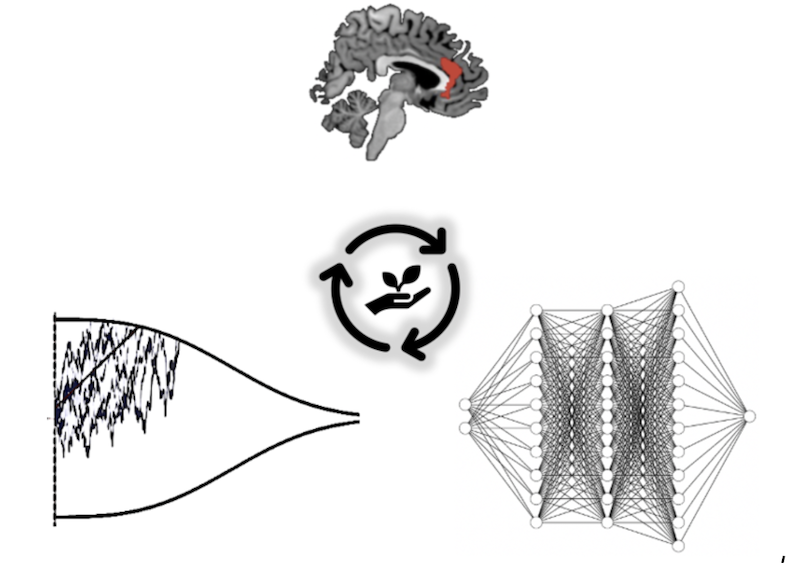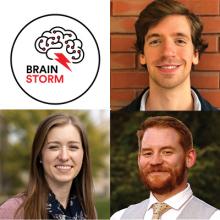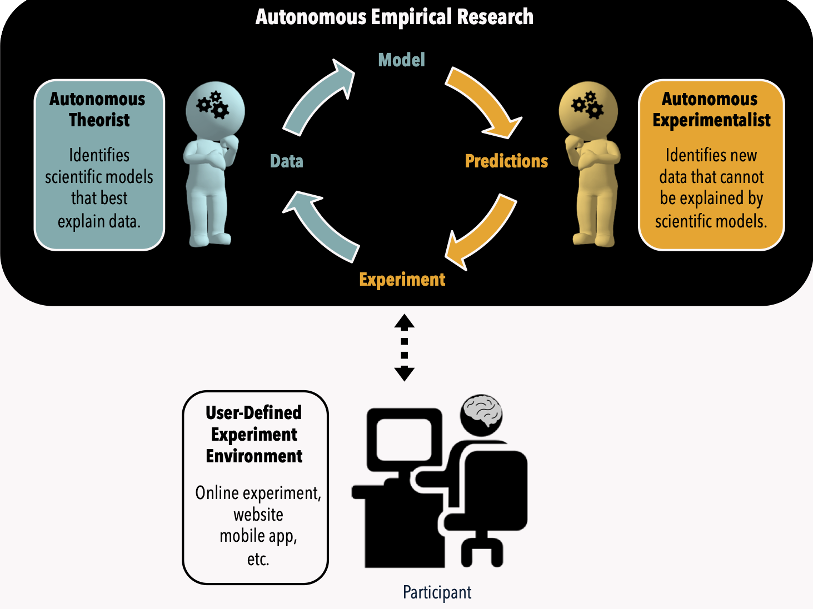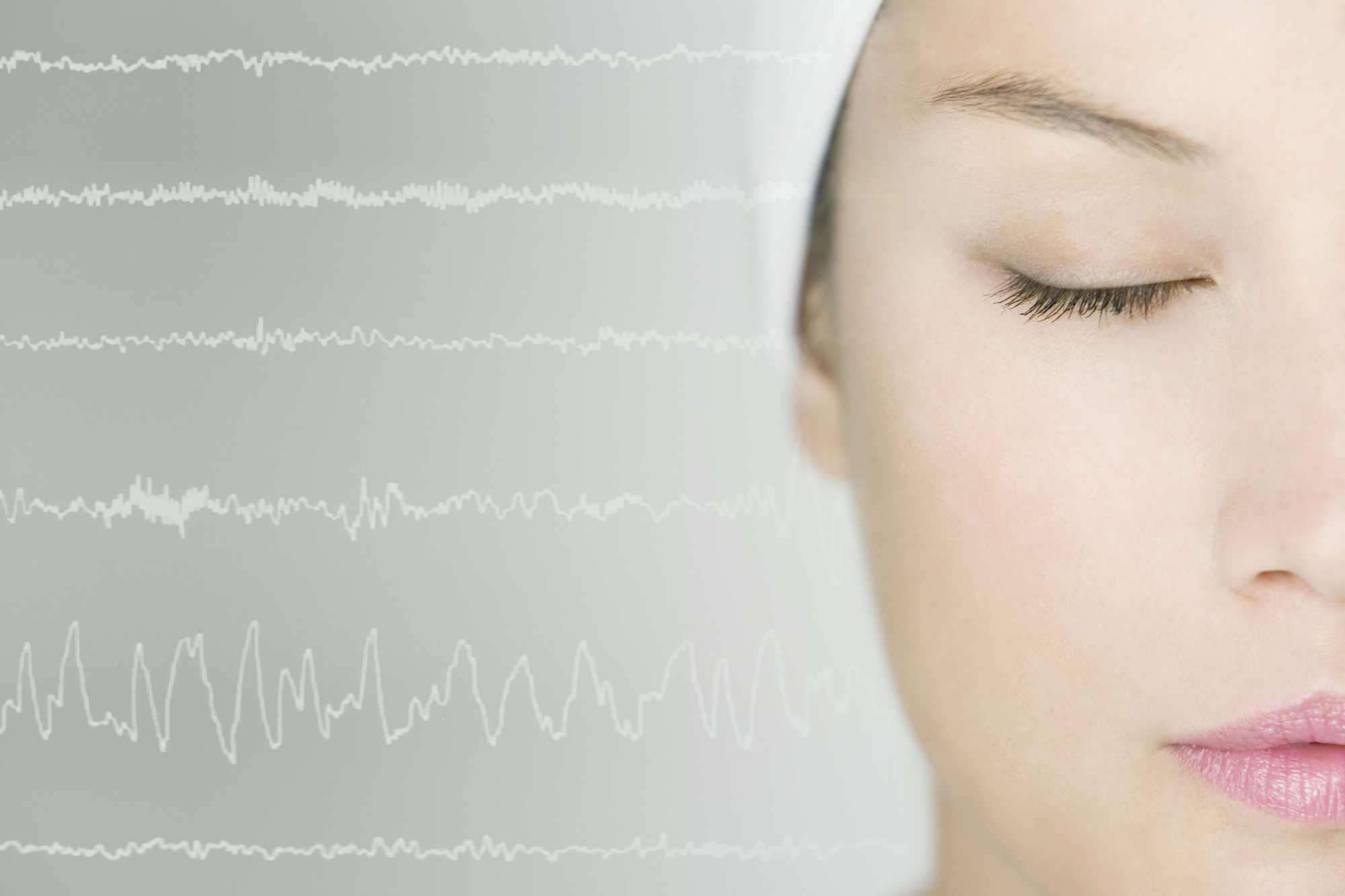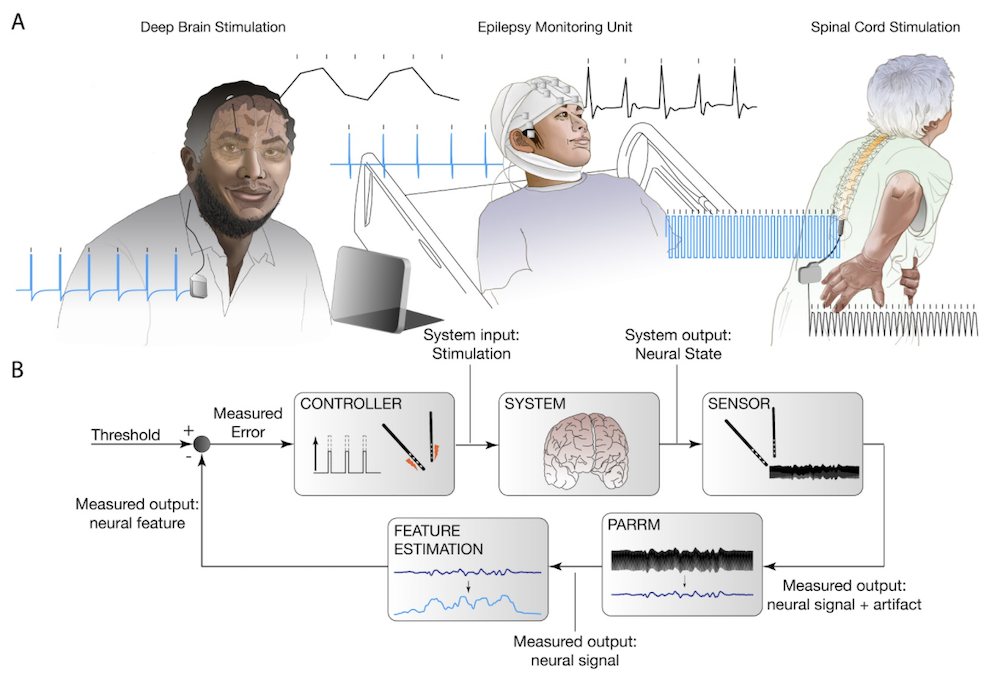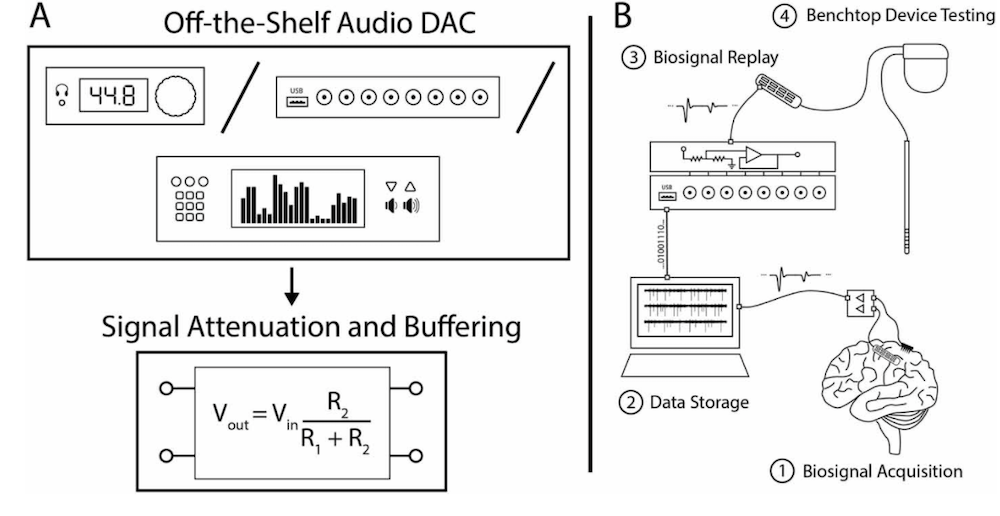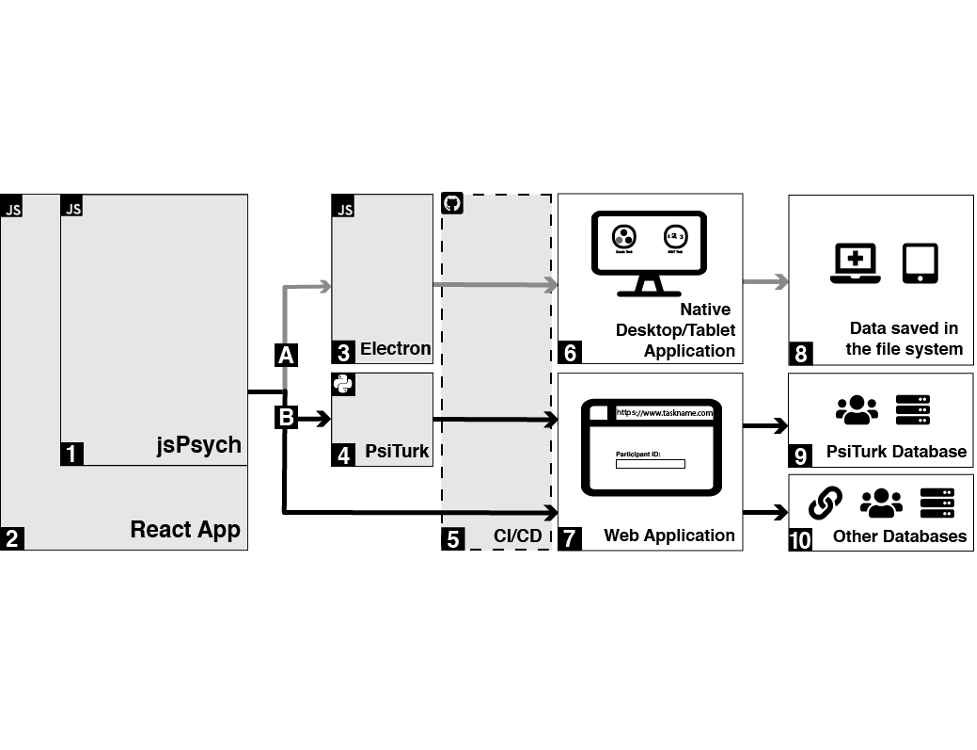Which neural and cognitive processes drive alterations in decision making and learning? This project offers an easy-to-use python-based software toolbox, which allows scientists from cognitive neuroscientists to clinical researchers to rigorously characterize interpretable mechanisms that can explain changes in observable behaviors and their neural correlates in healthy and clinical populations.

